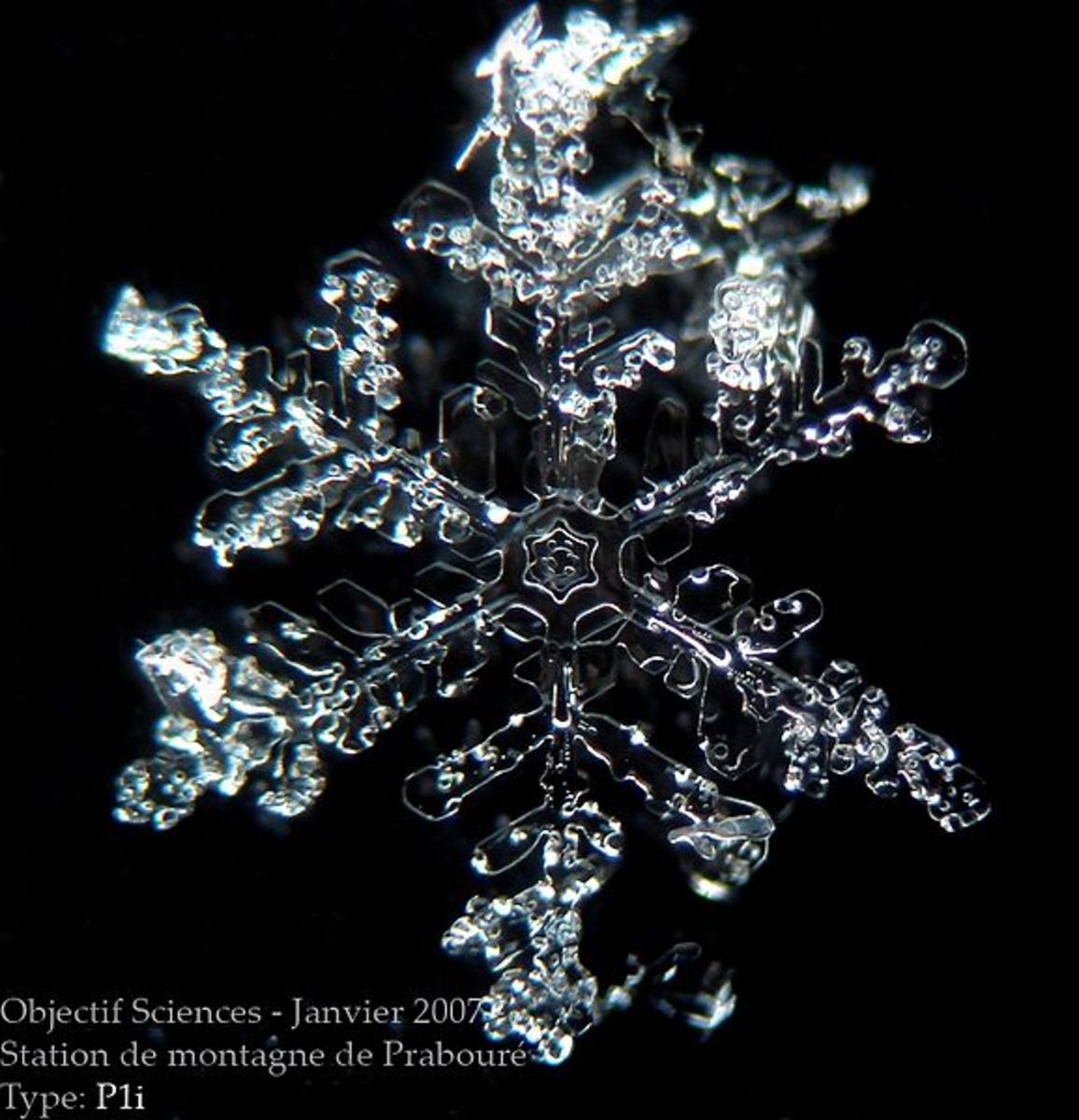Snowflakes: What Are They, Really? What is Snow?
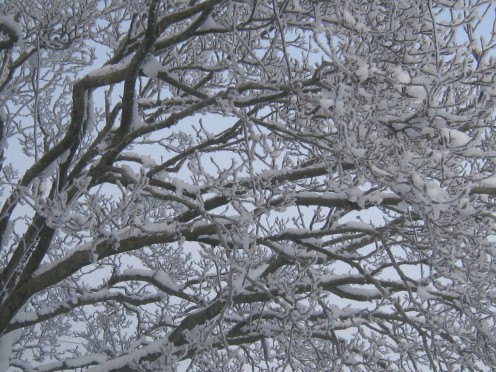
Snow; a feathery fairyland of soft, white fluff — if it were warm, it would be perfect! But even though it’s cold, snow is (almost) perfect. What is a snowflake and why do those cute little frosty droplets cause so much trouble, while at the same time, allow for a host of fun activities? Why are snowflakes so breathtaking? Why are humans and animals so attracted to snow? Why is it mesmerizing? Well, everyone looks at things differently but whether you love it or hate it, snowfall can be a beautiful work of art. The snowflake is an intricate creation.
The Basics of Snowflakes
In order to turn clouds' water droplets — rain — into delicate crystals, temperatures must be at or below freezing; 32 degrees Fahrenheit. Cold air freezes the water vapor in the atmosphere and ice crystals develop from atoms to form six-sided figures. As more crystals freeze, they fuse together into a snowflake. Snowflakes vary as to size and look; this is dependent upon the amount of moisture in the atmosphere. For example, on a cloudy day, if the air is at or near to 32 degrees Fahrenheit, the snowflake’s six branching arms might have “feathers” or “ferns” (called “stellar dentrite” flakes). They can also have more solid branches to them. If the temperature is colder than 32 degrees — at 20 degrees, for example — the flakes might have six long, needlelike branches or thicker-looking columns.
When launching from clouds, newly falling snowflakes may have a radial symmetry to them or they may be lopsided. However, flakes are generally broken or misshapen by the time, and after, they reach the ground.
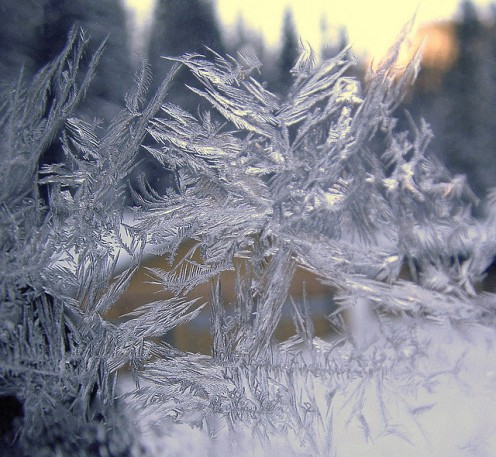
The Science of Snowflakes
Snowflakes are “supercooled”— a process where the temperature of a gas or liquid is lowered to below its freezing point. The gas or liquid does not become solid but instead, crystallizes. In snowflakes, these crystals form when supercooled cloud droplets have frozen. The crystals grow in saturated — humid — air that is below 32 degrees Fahrenheit. Water molecules form, solidify and diffuse onto ice crystal surfaces in the vaporous air.
A typical snowflake consists of about 10 water molecules; they are added to the original crystal formation at different rates and patterns. Clouds that are six miles (10 kilometers) off the ground launch the precipitation. Temperatures and humidity on the way down determine whether snowflakes are “powdery,” “granular,” or “fluffy.” Snow stays with us until it melts or sublimates into vapor (transitions from solid to gas without becoming liquid).
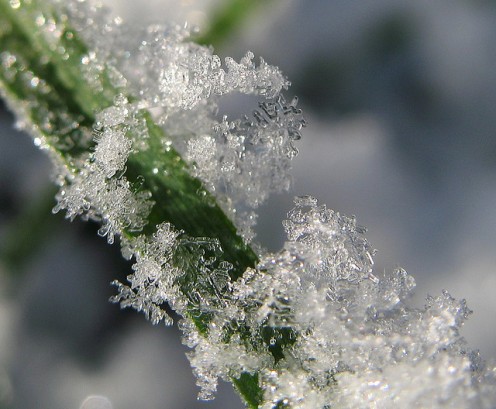
Ground Snow and Snow Pellets
The ground is warmer than the atmosphere and the temperature of a snowflake changes when it lands. When a flake lands in more snow, the precipitation melts and refreezes, joining the dense mass. If the snowflakes fall at high altitude, snow packs may develop — layers of packed snow that exist in climates that have extended periods of cold weather. Snow pellets, called graupel, originate from snowflakes that are covered with frozen crystals. Graupel (snow pellets) are different from hail; they are small and fall apart easily after hitting the ground or when touched. Hail — which comes in various sizes — is comprised of layers of ice. It is hard to the touch.
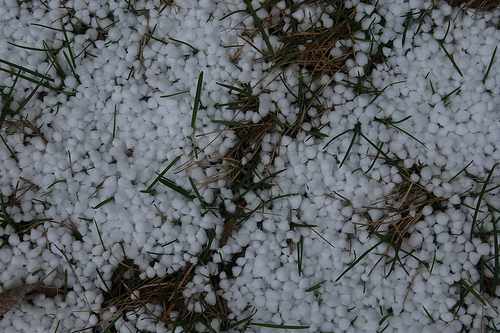
“No Two Snowflakes Are Alike”
We’ve heard it many times — “no two snowflakes are alike.” Fact or fiction? Well, it depends on who you believe. Because there are so many factors in snowflake development — changes in temperature, humidity and airspeed — the launch and landing of two exact snowflakes is highly unlikely. On the other side of the coin, some researchers and statisticians think it is (or should be) possible that two snowflakes can be exactly the same. Scientists and others have been photographing and studying snowflakes from, at least, the late 1800s. The argument is based on whether a “snowflake” is actually a frozen “hexagonal prism.”
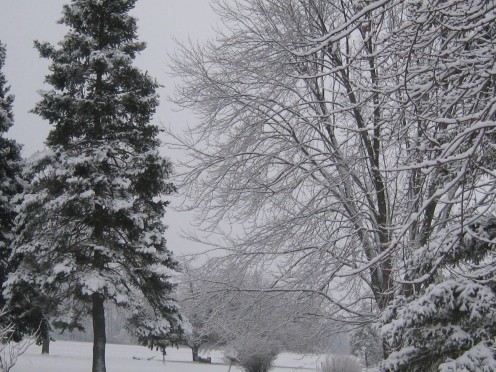
Snow Info
- Snow crystals look white because they are clear and reflect most colors of scattered light. But snow crystals can vary, somewhat. For example, if you look inside a snowbank, where surfaces are reflecting and bouncing light off each other, you may see a light-blue color. Ice and snow do absorb some light (red, for example).
- It can be “too cold” to snow … sometimes. Scientists say it can … or should be able to … snow at any temperature below 32 degrees Fahrenheit (freezing). But in some climates, snow must develop at higher temperatures than, for example, 4 degrees below zero (minus 20 Celsius). When the thermometer drops to that level, the snow has already dropped from the clouds through the dry air. The developing clouds are made up of ice crystals that don’t produce much precipitation. But other climates — the South Pole for example — have consistently cold temperatures and it surely does snow there!
- The six branches of a snow crystal grow independently of each other. But each arm’s shape is similar because they all develop under the same atmospheric conditions.
Make Your Own Snowflakes
Good News! You don’t have to own a snow machine or wait until the temperature dips below freezing; you can create your own snow crystals. Build a small chamber with a plastic bottle, foam cups, sponge, fishing line and a few other odds and ends. Check out the link below for step-by-step instructions on how to create snow crystals.
Further Reading
© 2011 Teri Silver



